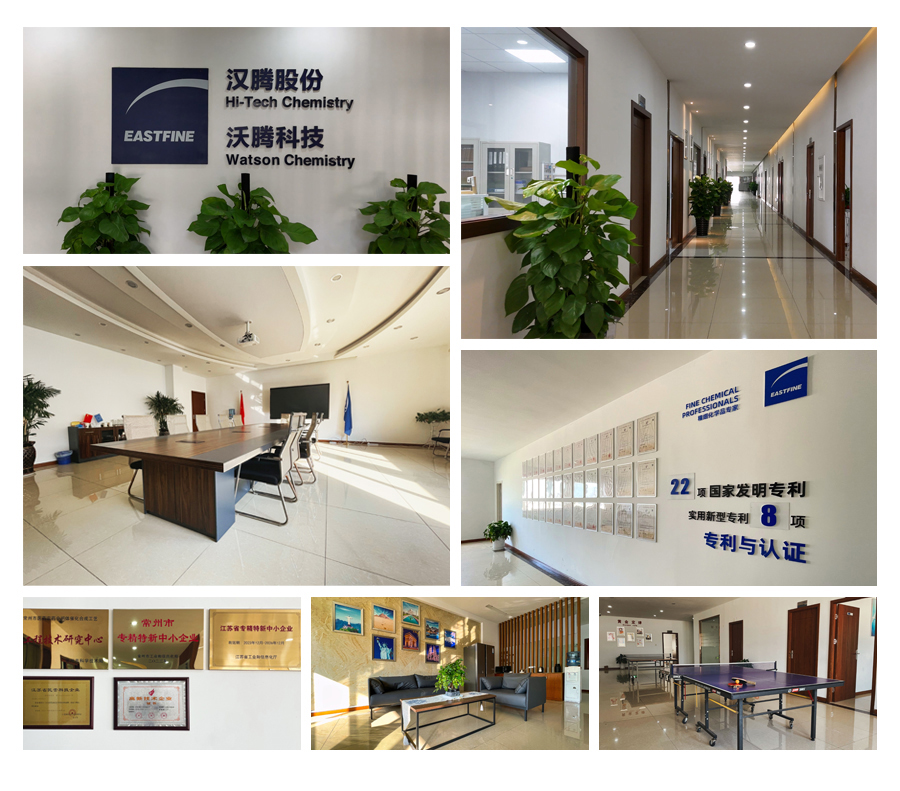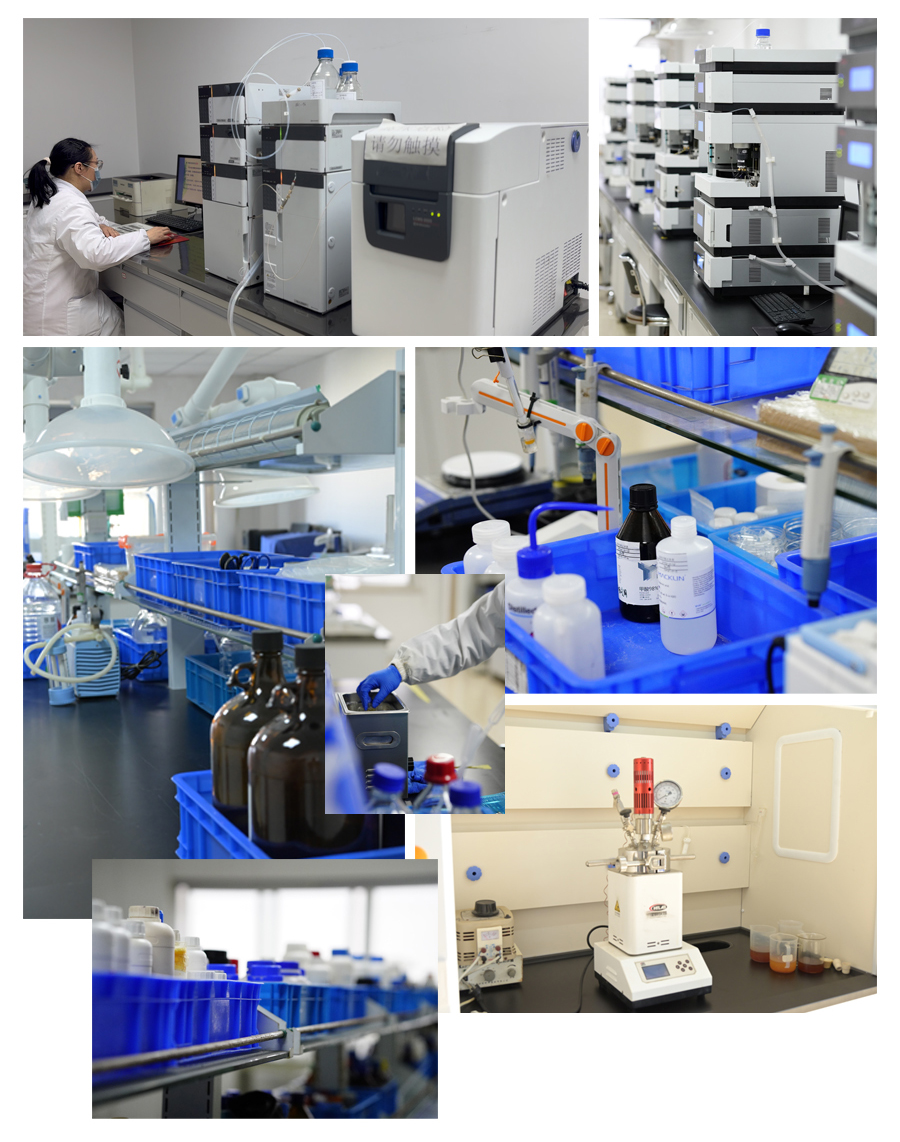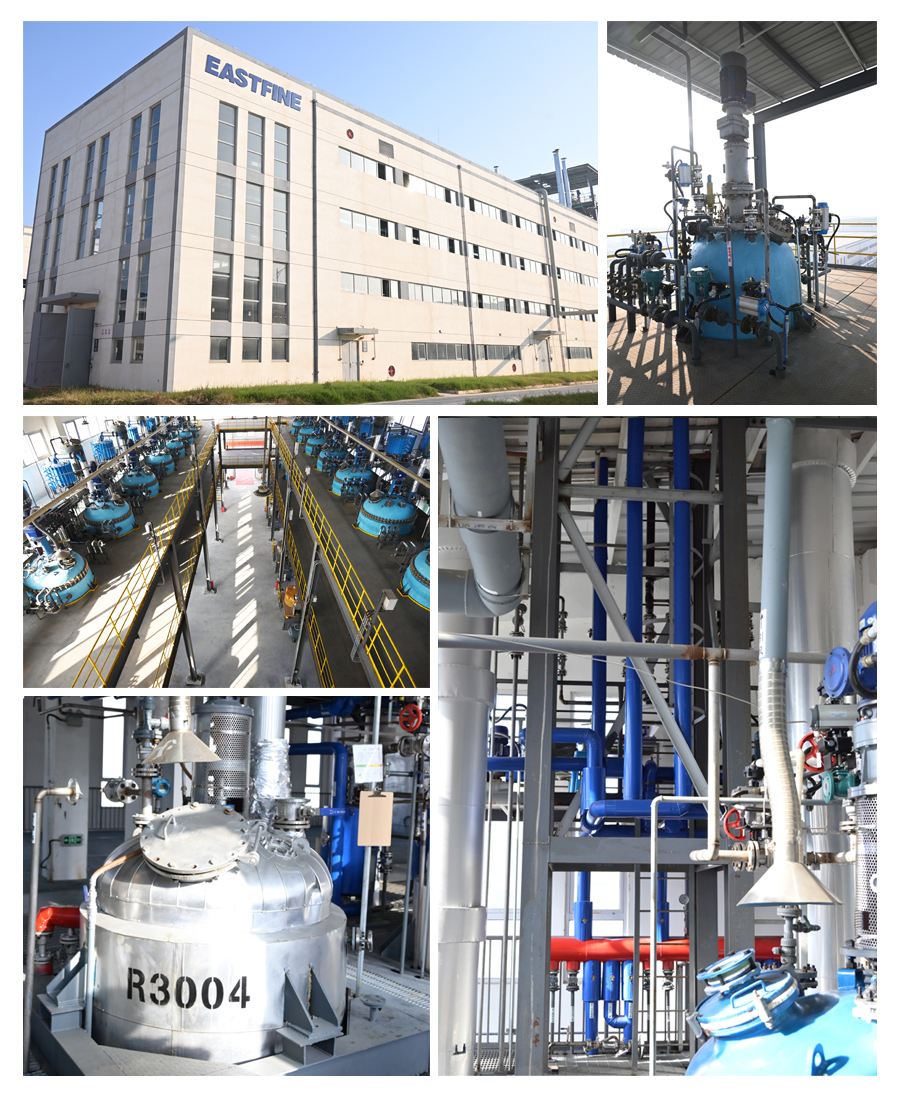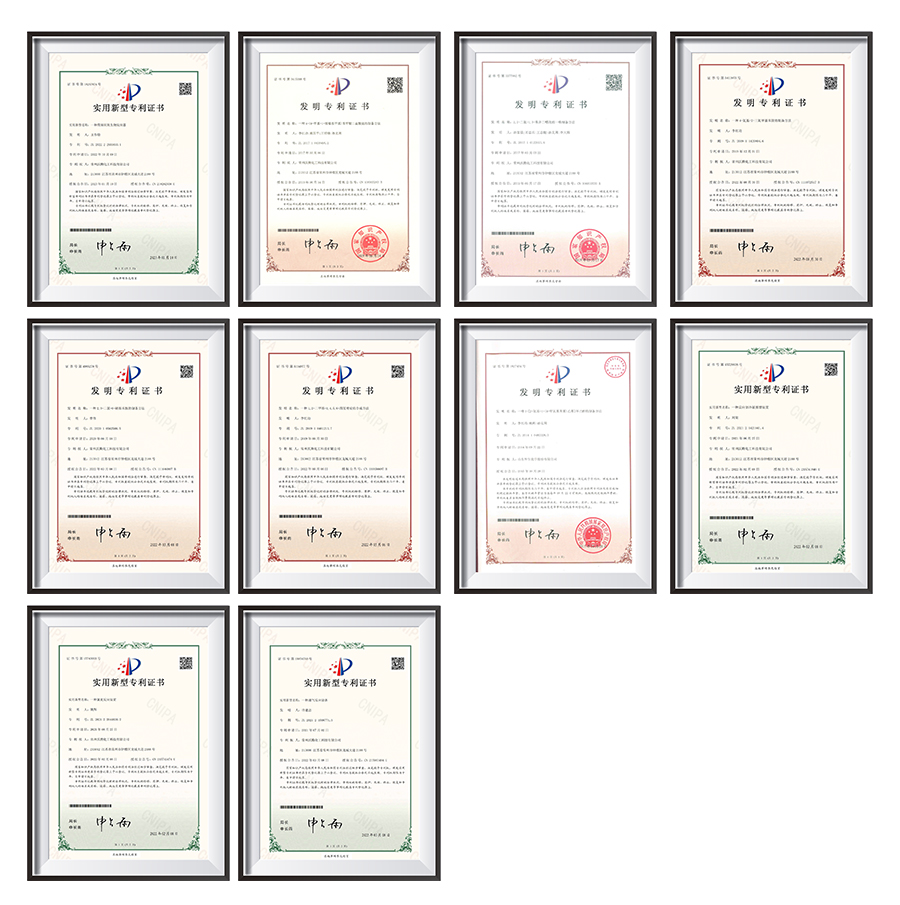| Availability: | |
|---|---|






Product Description
We are a pharmaceutical intermediate manufacturer of 2-Chloro-4-trifluoromethylphenylboronic acid.
Its CAS No. is 254993-59-4
Our pharmaceutical intermediates can be used in a variety of APIs.
| Product Category | Custom Synthetic Intermediates |
| CAS NO | 254993-59-4 |
| Product Specifications | Melting point: 110-112°C Boiling point: 281.5±50.0 °C(Predicted) Density: 1.49±0.1 g/cm3(Predicted) Storage temp.: under inert gas (nitrogen or Argon) at 2-8°C |
Office Environment

Laboratory

Workshop/Warehouse

Certificate

2-Chloro-4-trifluoromethylphenylboronic acid is produced by EASTFINE , and we are in charge of overseas selling . Not just trading compamy .
China,America,Brazil,England,Russia,Poland,India,Pakistan,NewZealand,Korea,Australia,Dubai,Turkey,Indonesia,UAE.
yes , you can have 1 2-Chloro-4-trifluoromethylphenylboronic acid sample for starting the business , but it is not free
please contact sale team for detail .
2-Chloro-4-(trifluoromethyl)phenylboronic acid (CAS 254993-59-4) is an organoboron compound with molecular formula C₇H₅BClF₃O₂. This white to off-white crystalline solid features a reactive boronic acid group adjacent to both chlorine and trifluoromethyl substituents on the aromatic ring, making it particularly valuable for Suzuki-Miyaura cross-coupling reactions in pharmaceutical synthesis.
The compound typically appears as a white to light beige powder with a molecular weight of 224.37 g/mol. It has a melting point range of 165-170°C (with decomposition) and shows moderate solubility in polar aprotic solvents like DMF and THF, though it has limited solubility in water and non-polar solvents. The material is stable at room temperature but may gradually darken when exposed to moisture over time.
For maximum stability, store in airtight containers with desiccants under inert atmosphere (nitrogen or argon) at 2-8°C. The boronic acid functionality is sensitive to moisture, so containers should be tightly sealed and protected from humidity. Under these conditions, the material maintains excellent stability for at least 24 months. Keep away from strong oxidizing agents.
This compound serves as a versatile building block in medicinal chemistry, particularly for constructing trifluoromethyl-containing biaryl structures through Suzuki couplings. The chlorine substituent allows for subsequent functionalization, while the trifluoromethyl group enhances metabolic stability in drug candidates. It's especially valuable in developing kinase inhibitors and CNS-active compounds.
The material may cause mild skin and eye irritation. Appropriate PPE including nitrile gloves and safety goggles should be worn during handling. Avoid inhalation of dust and work in a well-ventilated area. While not highly toxic, ingestion should be avoided. In case of exposure, flush affected areas with water. The compound is stable under normal laboratory conditions.
Quality control includes HPLC analysis (typically ≥97% purity), melting point determination, and spectroscopic characterization. ⊃1;H NMR confirms the aromatic proton pattern, while ⊃1;⊃1;B NMR verifies the boronic acid functionality. ⊃1;⁹F NMR provides confirmation of the trifluoromethyl group. Elemental analysis may be performed for comprehensive quality assessment.
The strategic combination of substituents creates unique reactivity. The electron-withdrawing trifluoromethyl group activates the boronic acid toward coupling while improving the metabolic stability of products. The chlorine provides an additional handle for further derivatization, making this compound exceptionally versatile for constructing complex pharmaceutical intermediates.
This specialty reagent is commercially available through fine chemical suppliers in quantities ranging from grams to kilograms. Many suppliers provide certificates of analysis with each batch and can accommodate custom synthesis requests. Technical support is typically available for specific application development and process optimization questions.